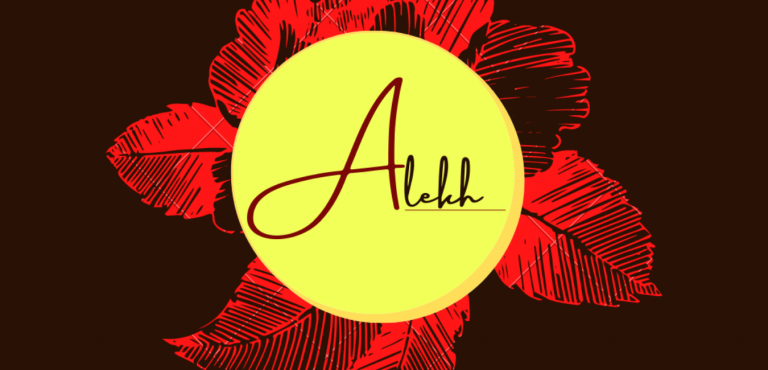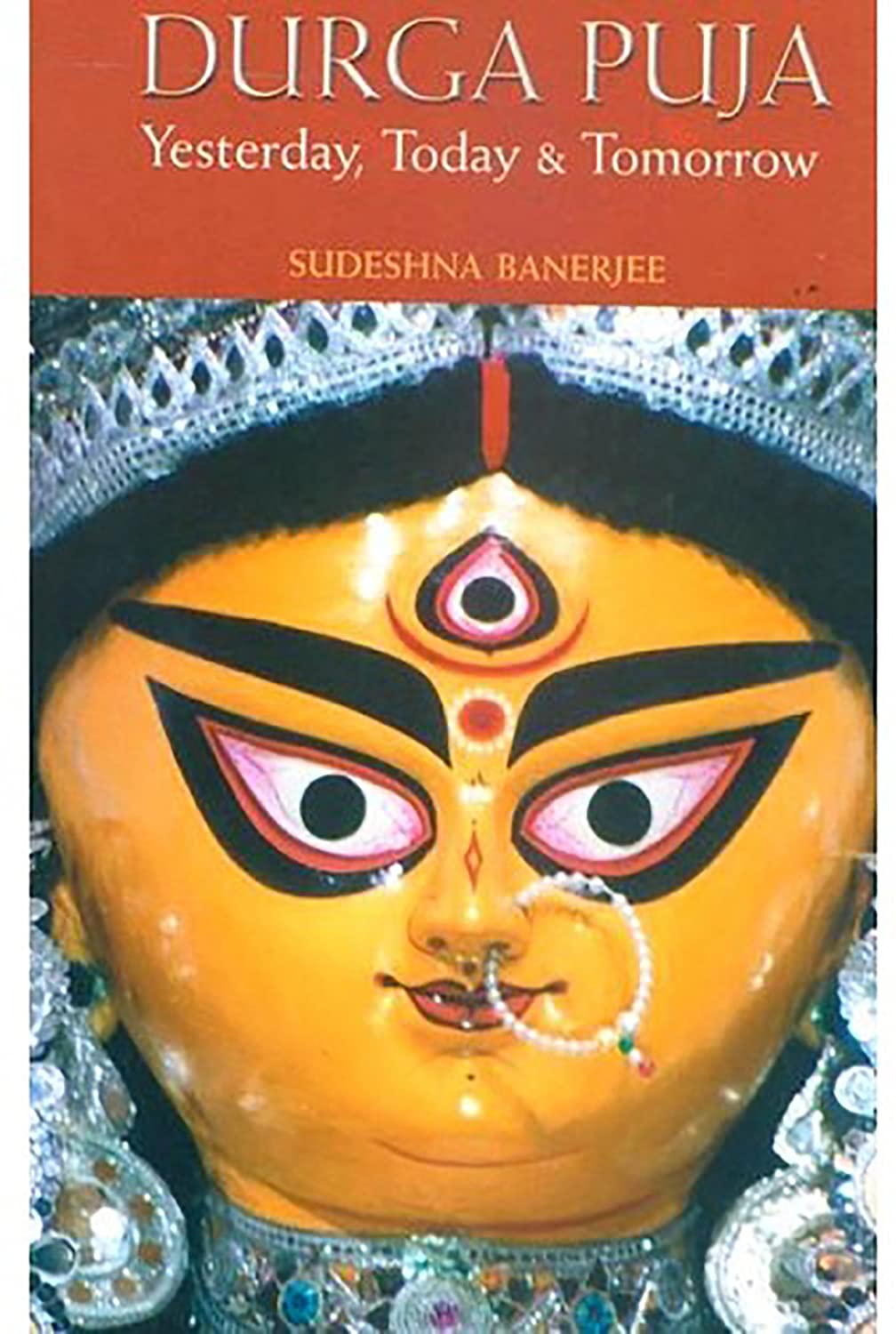Name of the book: DURGA PUJA: YESTERDAY, TODAY & TOMORROW.
Author: SUDESHNA BANERJEE.
Publication: RUPA & CO.
Price: Rs 95.
Conspicuously and perhaps wondrously the author does not only fuse the past with the present but provides an incisive insight into the future of Durga Puja- the huge carnival in Eastern India, a celebration that permits to peep into the flamboyant cultural heritage of Bengal. The book under review deals with the myriad aspects of the Puja- the stunning mythical sources, its socio- cultural emanation, its economic ramifications and above all the elaborate canvas of rituals which marks the celestial edge of this festival.
Sudeshna Banerjee, a putative journalist has attempted to divide the book into five concrete sections followed by an exhaustive glossary, enabling even an average reader to digest the “unknowable” facts associated with the adoration of our Mother Goddess, “one of the surviving Hindu traditions”.
Section 1 which is named “Mythical roots”, she has chiefly illustrated the Goddess’s sundry ‘appellations’ , which have been hugged by the people of the four quarters of the earth to worship her with a sort of intense and unwavering devotion. A brief note on Navaratri appeals much to the readers. The author’s vivid description of how Ram prayed to the divine consort of Lord Shiva to slay Ravana is both bold and entrancing! She is also portrayed as the “demon slayer”. In a nutshell we become abreast with the knowledge of the divine splendour related to Kartik, the War God, Ganesha, the giver of success, Saraswati, the
Goddess of learning and Laxmi, the Goddess of prosperity. The unity of three powers and their choice of animals with which they share symbolic synergy are revealed to the readers with clarity.
In “Palaces and Courtyards”, the author seems to inspire the readers to make a thorough quest of the splendour ensconced in the cocoon of the festive spirit. Raja Krishna Chandra, a notable ruler of Nadia was deluged with aplenty accolades for initiating the latest practices of worship and spreading Durga Puja far and wide. The family of Gobindaram Mitra, the black zamindar narrates” how the goddess had a silver throne to herself and her sons”. By the 18th century, the greatest festival opened up a new vista for the “nouveau riches” to display their power and pelf in an uppish manner. The participation of the company was considered a matter of honour and pride. However, with the implementation of stringent law in 1840 to prevent the Company Sahibs from attending social engagements the halcyon days of the Puja ceased to exist.
The following chapter “From Courtyards to Street Corners” sparks a thrilling twist in the tale. The reasons behind the transition of individual initiation of celebrating Puja with pomp and show to collective approach are deeply explored, retaining the tradition with a kiss of flawless eternity! Say for instance, subscription was contributed by one and all. Be it a shopkeeper or a peckish money lender, the ardent desire to uphold the cultural status was clearly evident. Moreover, Durga fancied as Bharatmata was especially preserved for the patriots. The mood is best sought in “Ananda Math”. During the times of peril, various puja organisers like Mohammed Ali Park pulled up their socks to provide a robust assistance to the people suffered a calamity of huge magnitude. Here the heart met the market economy. The tone of commercial psychology clearly rings in this section. The trend is definitely to stay here.
Modern Times point out “Durga Puja is big. Bigger than it was ever. And it has spread its geographical wings…flagpole being posted in every land where the Bengali Hindu has reached”.When the dirt tracks of summer change into slushy quagmires, the air is rife with the fragrance of catkins and the breeze of modernity sweeps the land and consumers’ psyche. A sincere and continuous experiment on the variation and content of lighting, image, pandal make up and others deserves special mention. The total cost often exceeds five lacs. As an unfathomable concern is expressed for the “theme” pujas, the ritualistic values are kept at bay!
The author’s sharp vision has not escaped the pujas which are organised and celebrated beyond the borders. So Durga Puja has acquired a global status today despite the rack and ruin of the social fabric.
So far the conclusion is concerned, the author seems to run helter skelter, reiterating the same points and fails to spew out the richness of novelty and purity as well. A welter is bred, after all!
To comment on the diction and style is really a bone chilling experience. Use of sublime literary English constitutes the chief delight of the book. However, one must not eschew the colour pictures of Durga which lend an extra punch to this oeuvre. A must read for book lovers!!
Kunal Roy

